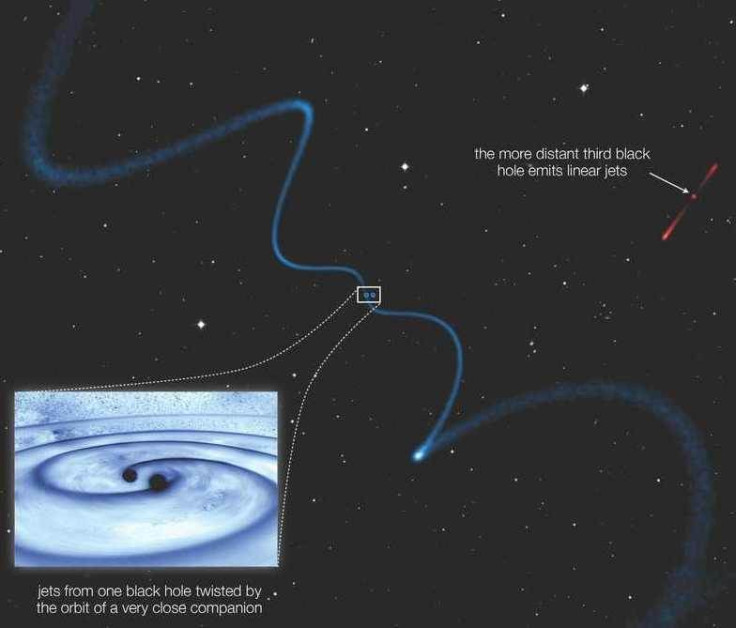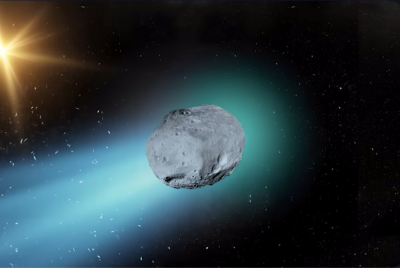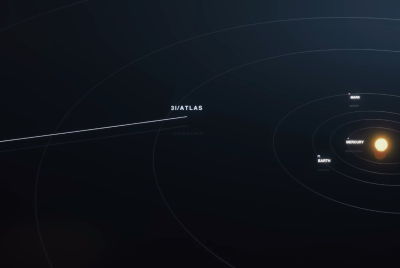Black Hole Trio 'Locked in Orbit' Explain Einstein's Spacetime Theory

Scientists have discovered a rare trio of supermassive black holes, more than four billion light years away, that could aid the hunt for the "ripples in spacetime", predicted by Albert Einstein.
Astronomers from the University of Oxford and the University of Cape Town identified a distant galaxy with the closely-orbiting black holes, after examining six systems which they believed might contain two.
The finding suggests tight groups of black holes are more common than originally thought. Although they are believed to be hidden in the hearts of every galaxy in the universe, merged galaxies can possess multiple black holes.
Researchers say the discovery will help astronomers hunt gravitational waves, the ripples in the curvature of spacetime that propagate as a wave, travelling away from the source.
Such waves were predicted to exist by Einstein in 1916, on the basis of his theory of general relativity, to transport energy as gravitational radiation. Binary star systems, such as white dwarfs, neutron stars or black holes, are believed to be sources of gravitational waves.
Using the European VLBI Network, an array of European, South African, Russian and Chinese antennas, astronomers observed a galaxy with the name SDSS J150243.09+111557.3. The teams also used the Arecibo Observatory in Puerto Rico.
According to Space.com, it is situated around 4.2 billion light-years away from our planet.
The researchers investigated the galaxy by merging signals from large radio antennas separated by 6,200 miles. This process allowed them to view every detail 50 times more finer than is possible with Hubble's Space Telescope.
"General Relativity predicts that merging black holes are sources of gravitational waves and in this work we have managed to spot three black holes packed about as tightly together as they could be before spiralling into each other and merging," said Professor Matt Jarvis of Oxford University, as quoted by The Space Reporter.
"The idea that we might be able to find more of these potential sources of gravitational waves is very encouraging as knowing where such signals should originate will help us try to detect these 'ripples' in spacetime as they warp the universe."
Scientists will be able to measure the gravitational waves emitted from blackholes system as their orbits decrease, using radio telescopes in development like the Square Kilometre Array.
"What remains extraordinary to me is that these black holes, which are at the very extreme of Einstein's Theory of General Relativity, are orbiting one another at 300 times the speed of sound on Earth," said researcher Dr Roger Deane, as reported by NBC News.
According to Science magazine, orbiting black holes are slowly spiraling together because they lose energy as their gravity pushes away stars.
Eventually, the nearby Andromeda galaxy will hit the Milky Way, allowing the black holes at the galaxy's heart to join.
"There will be a binary black hole system right next door," astronomer Abraham Loeb told Science.
© Copyright IBTimes 2025. All rights reserved.






















